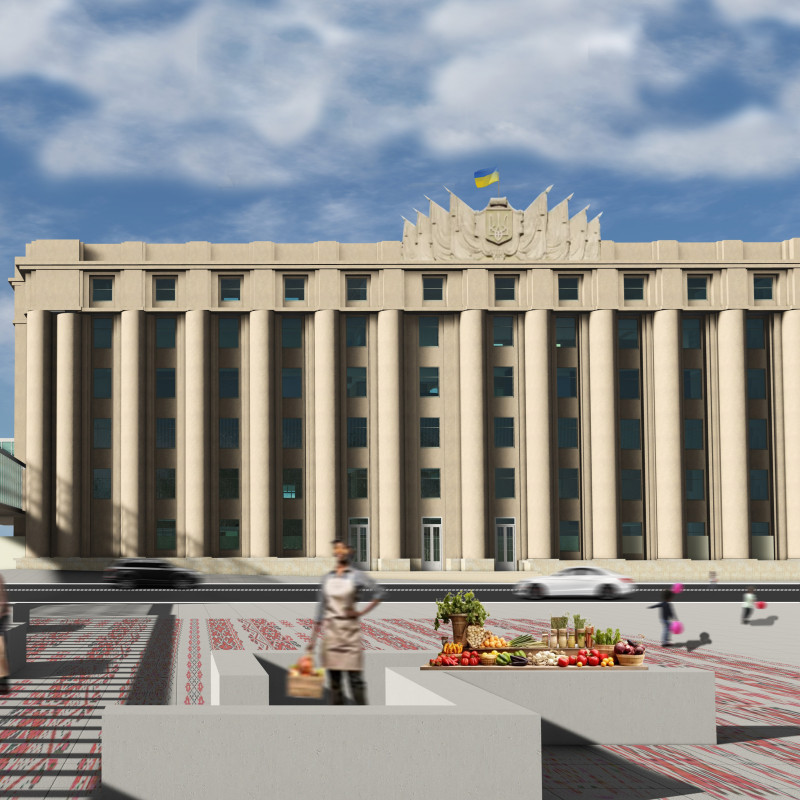5 key facts about this project
Functionally, the project encompasses [describe functions here, such as residential, commercial, educational, etc.], aiming to provide spaces that not only accommodate everyday activities but also enhance the quality of life for its users. The architectural plan showcases a well-considered organization of spaces, facilitating easy movement and accessibility while ensuring that each area serves its intended purpose effectively. By carefully analyzing user flow and interaction, the design optimizes the relationship between interior and exterior spaces, allowing natural light and air to permeate the structure.
One of the most significant aspects of this project lies in its unique design approaches. The architects have employed a distinct palette of materials that resonate with the surrounding environment, utilizing local resources to minimize the environmental footprint. For instance, the façade incorporates a combination of glass and natural stone, creating a harmonious balance between transparency and solidity. This choice not only enhances the aesthetic appeal but also addresses practical considerations, such as thermal efficiency and durability.
The structural framework of the building employs a mix of traditional and innovative techniques, where concrete serves as the primary material for load-bearing elements, ensuring robustness while allowing for expansive open spaces. This approach facilitates a flexible interior layout, which can adapt to varying functions over time, making it a sustainable solution for future needs. The design also includes strategically placed windows and overhangs that reduce heat gain while maximizing daylight, thus contributing to energy efficiency.
Emphasizing sustainability, the project integrates various eco-friendly features, such as rainwater harvesting systems and solar panels. These elements not only reduce operational costs but also promote a sense of responsibility toward environmental stewardship. The landscaping around the building complements its design, featuring native plant species that enhance the local biodiversity while requiring minimal maintenance.
The overall design approach prioritizes the user experience, fostering a sense of community and belonging. Outdoor areas are carefully planned to create inviting public spaces that encourage social interaction and community gatherings. The incorporation of seating areas, gardens, and pathways invites users to engage with both the building and each other, reinforcing the project's role as a communal landmark.
The architectural designs reflect a deep understanding of place and purpose, avoiding a one-size-fits-all mentality. Each detail, from the choice of materials to the flow of spaces, has been carefully considered to ensure that the building not only meets the functional requirements but also stands as a testament to the architectural ethos that underpins its creation.
To gain deeper insights into the project, readers are encouraged to explore the architectural plans, architectural sections, and architectural designs that further illustrate the innovative ideas and thoughtful approaches taken throughout the development. Engaging with these elements will provide a more comprehensive understanding of how this project represents a significant contribution to the field of architecture and the community it serves.


 Cristina Isabel Silva De Castro E Pita Lúcio
Cristina Isabel Silva De Castro E Pita Lúcio 























